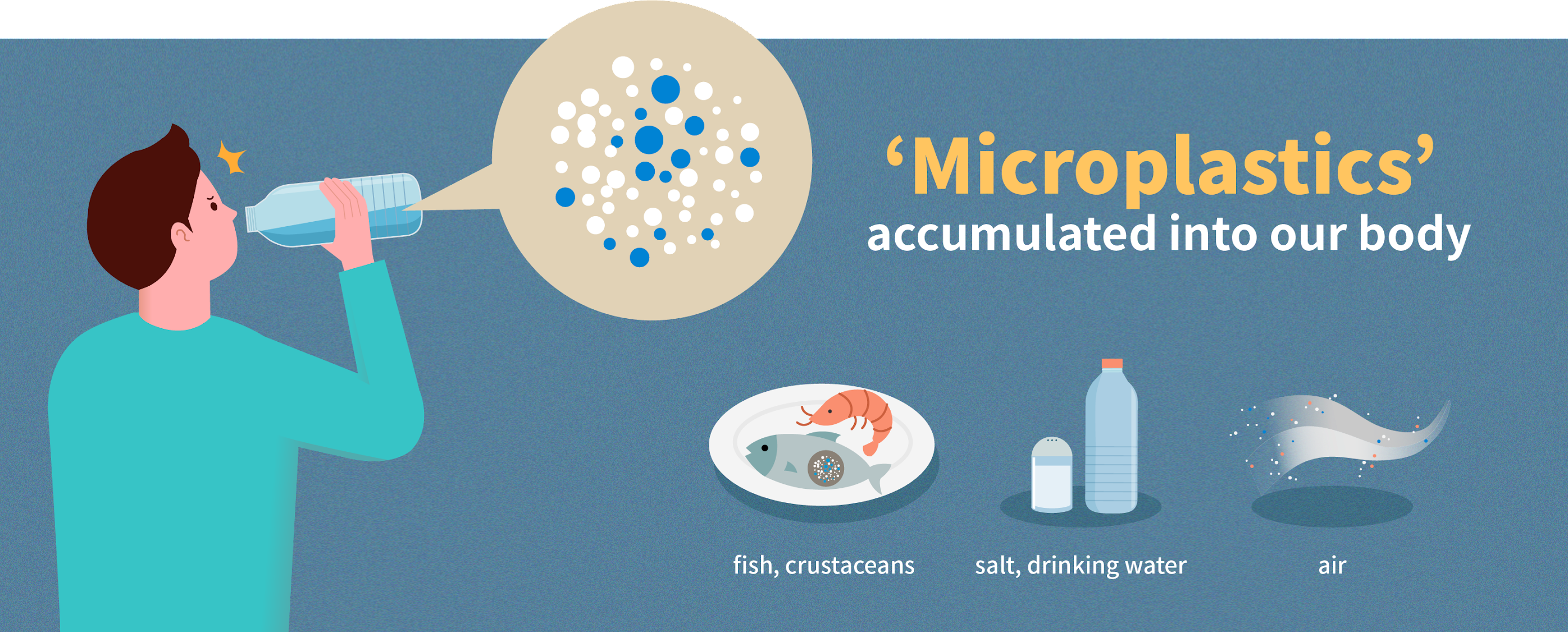Micro plastics, tiny plastic fragments less than 5 millimeters in size, have become a widespread environmental contaminant. Their small size allows them to enter various ecosystems, posing a significant threat to both the environment and human health.
Here's a closer look at the disadvantages of micro plastics:
Harm to marine life:
Micro plastics are often mistaken for food by marine animals, leading to ingestion and potential harm. These plastics can block digestive systems, hinder nutrient absorption, and even cause death.Disruption of ecosystems:
The presence of micro plastics can disrupt the delicate balance of ecosystems. They can absorb pollutants and harmful chemicals, releasing them back into the environment and impacting other organisms.Potential human health risks:
While research is ongoing, there's growing concern about the potential human health risks of micro plastics. These tiny particles can potentially enter the human body through various pathways, such as seafood consumption or inhalation, and their long-term effects are still unknown.Economic impact:
The presence of micro plastics can negatively impact various economic sectors, including tourism and fisheries. Plastic pollution can deter tourists from visiting coastal areas and harm fish populations, impacting livelihoods and economies reliant on these sectors.Challenge in mitigation:
Due to their small size and widespread presence, effectively removing micro plastics from the environment is a significant challenge. Current technologies are limited, and preventing further pollution is crucial to addressing this issue.- The issue of micro plastics highlights the importance of responsible plastic use and waste management. Implementing sustainable practices, reducing plastic consumption, and developing effective solutions for capturing and managing plastic waste are crucial steps towards mitigating the detrimental effects of micro plastics on our environment and ourselves.

